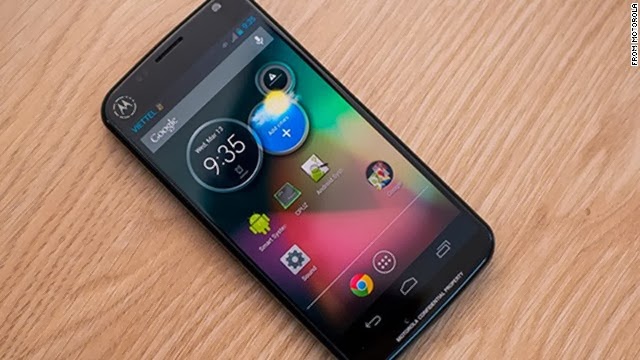 |
| Indian phone buyers look at brand, battery and screen |
The gap between the foremost high-priced and most cheap smartphones in India may be a bit crazy. At the highest of the road, you discover the iPhones and Galaxy Notes commercialism for upwards of Rs fifty,000 and a few even touching Rs sixty,000. And at all-time low of the pyramid, you'll be able to get associate mechanical man phone for fewer than Rs three,000.
The high-priced ones don't seem to be value their worth. the most cost effective ones area unit strictly practical while not holding you really make the most of Android—you’d be more contented with a dumb phone by Nokia in this vary.
So wherever will a “good enough” mechanical man expertise begin and what does one would like for it? each few months, that worth keeps decreasing as makers area unit ready to match higher hardware at lower costs. until a year past, Rs. 10,000 was rock bottom i might attend in recommending a smartphone. however that’s modified currently with a brand new crop of devices just like the Xolo A600.
It’s not that these area unit fantastic phones. however in contrast to handsets antecedently accessible during this vary, they don’t suffer from poor hardware. If you aren’t planning to get the top-of-the-line phone, there area unit continually planning to be some compromises. however during this new heap, those compromises are reduced.
A recent survey by Nielsen showed that the Indian customer has 3 things on his or her mind once buying a smartphone: complete, battery and screen. And so far, shopping for a phone for fewer than Rs ten,000 meant either compromising on screen quality or battery life. However, phones just like the Xolo A600 and Micromax Canvas A77 will currently meet those criteria at Rs seven,500. Yup, a complete like Micromax is not any longer seen as inferior.
Xolo A600
Take the Xolo A600 (read our full review tomorrow). The screen is bright, vibrant, clean below direct daylight, and has smart viewing angles, that is associate oft-demanded feature by those who commute lots and can’t continually hold their phone in a very bound approach. And its battery life clocks in at over eighteen hours of average use and half-dozen hours of continuous video playback. That’s adequate for many users.
Even with the exception of that, the phone is dead practical. Sure, you aren’t planning to be multi-tasking sort of a professional on that or taking part in games like Asphalt eight while not a stutter, however those area unit the compromises that one will put up, as long because the basics area unit taken care of.
Slowly however for sure, the value of a “good enough” mechanical man expertise is inching towards the Rs 5,000 mark.









